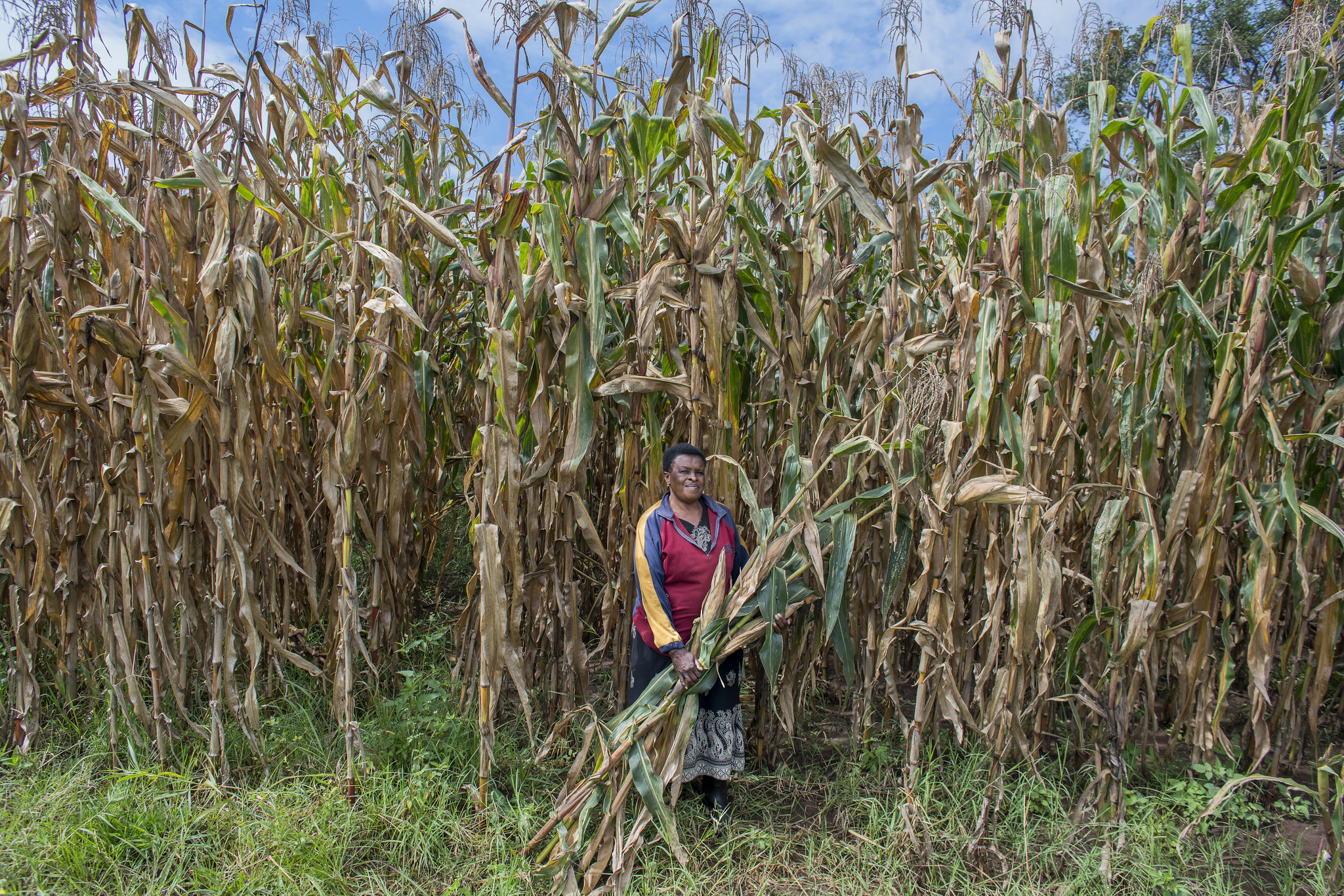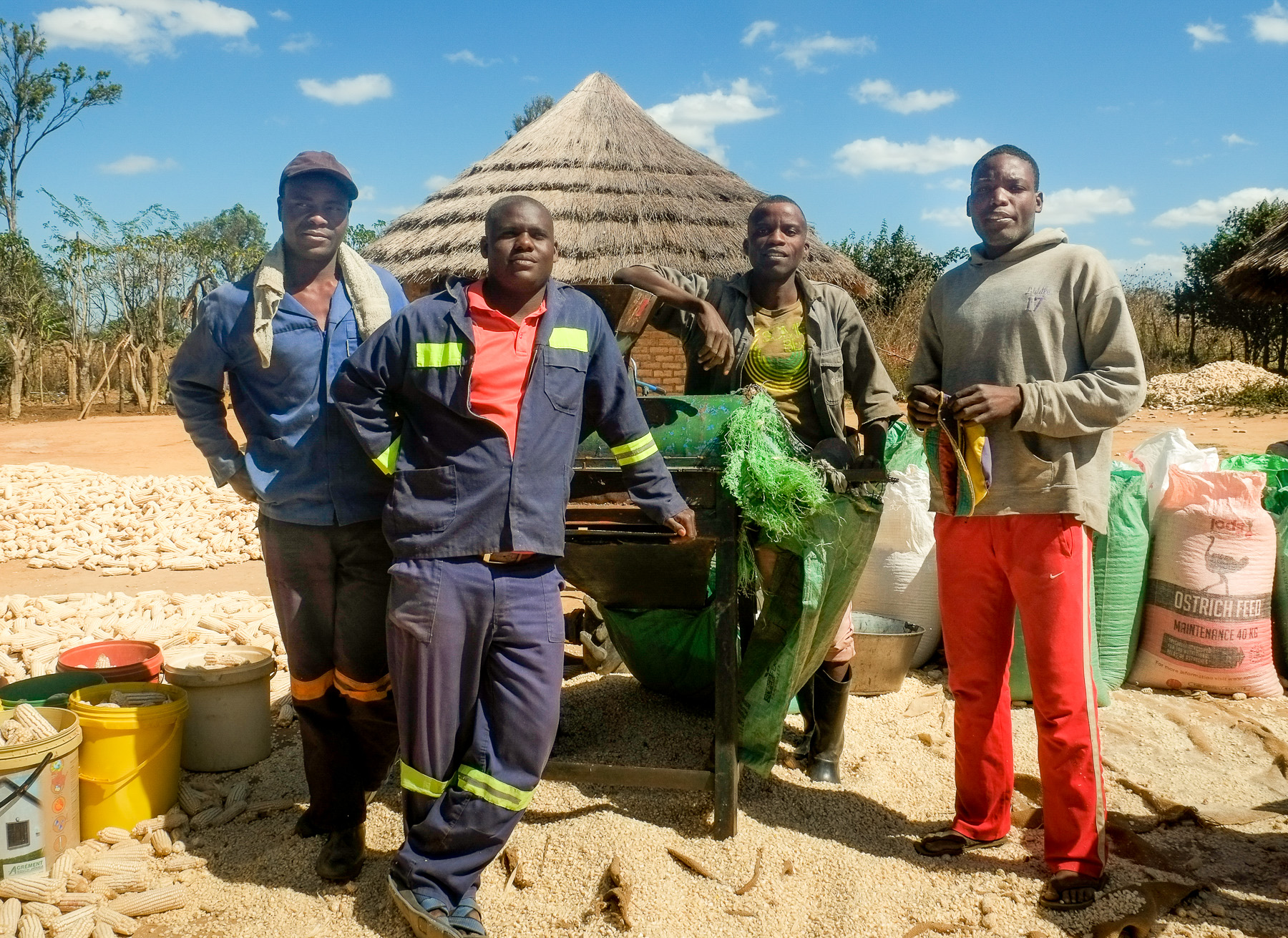New farm-level research into agricultural labor in eastern and southern Africa found that a lack of farm power is costing smallholders in productivity, demonstrating a far higher demand for mechanization than commonly thought.
The study identified African farming households are far more dependent on labor markets than previously assumed, and thus far more inclined to hire mechanization services. The findings call on governments in the region to create an enabling environment to promote appropriate mechanization for small-scale farmers, said lead researcher Frédéric Baudron, systems agronomist with the International Maize and Wheat Improvement Center (CIMMYT).
“The high number of households already hiring farm power challenges common myths that suggest smallholder farms depends almost entirely on labor as it’s provided by family members. The demand for mechanized farm power is there, the supply isn’t and that is the issue,” he explained.
Unlike studies before it, the research avoided country-level indicators, such as the share of fallow land or population density, to assess the need for mechanized farming operations. Instead, it gathered detailed labor data from households in eight sites dominated by smallholder agriculture across Ethiopia, Kenya, Tanzania and Zimbabwe.
The study demonstrated that households that invest in agricultural power improve food production.
“To increase farm productivity, profitability, and sustainability, African farmers need greater access to affordable farm machinery to optimize processes,” Baudron said.
Small-scale mechanization appropriately sized for small farms — such as technologies based on two-wheel tractors, including direct planters — represents a shift away from conventional mechanization strategies dependent on large machines, leading to land consolidation and the disappearance of otherwise-productive small farms, Baudron said.“Governments in the region need to create an enabling environment for mechanization supply chains to develop,” he explained. “This includes the creation of mechanization policy instruments, such as subsidies and training, that further respond to smallholder demand.”
Training and supporting hire service providers has shown to improve the equitable access to mechanization, which reduces labor drudgery and promotes sustainable intensification practices.
The research also presented a more nuanced analysis of the interrelations between male and female labor than usually presented in academic studies. It found women provide less labor than men and hired labor and suggests reducing drudgery among women relies upon understanding men’s chores and improving both as a two-way process.
In all sites studied rural women found that the priority for mechanization should be given to crop establishment, which would benefit both men and women. Land preparation and planting are tasks commonly performed by males, but their optimization influences weeding and postharvest tasks, primarily completed by women.
“These interconnections between men’s and women’s tasks have rarely been mentioned before, and should be tapped into for gender-sensitive interventions,” said Baudron.

Five persistent myths related to labor in African smallholder agriculture, challenged
Myth 1: Labor is abundant and cheap; thus, farm power does not limit agricultural productivity
Reality: It is commonly believed farm power does not limit agricultural productivity because there is an abundant amount of cheap labor options in southern and eastern Africa. However, the farm-level study showed a lack of farm power is holding back productivity and illustrated a much higher demand for mechanization than macroeconomic analyses, pointing to a problem of access rather than a lack of demand. It revealed the importance of labor or other sources of farm power in explaining the variability of land productivity. It also found that investments in farm power at the farm level improved land productivity.
Myth 2: Most of the labor is provided by women
Reality: Across the eight sites studied, women were found to provide just 7 to 35% of the labor invested in household farming, far less than the often-claimed percentage of 60 to 80%. Overall, the farm-level study found women tended to provide less labor for farming than men and hired labor. Even when considering female-headed households alone, women were only the main providers of labor in half of the sites — hired labor or children were we the main providers of labor.
The largest share of female labor tended to be invested in activities characterized by high drudgery, weeding and postharvest in particular, although this varied across sites. Weeding was also the main task performed by men in four of the sites studied. In fact, the study revealed that weeding tended to be a shared task between men, women, children, and hired labor, and not as dominated by female labor as commonly thought.
Myth 3: Agricultural tasks are carried out almost entirely by family labor
Reality: The study showed the majority of farming households in the region hire labor to complete agricultural tasks. Farm power hired included human labor, draught animals and, to a much lesser extent, tractor power.
This challenges the common view of Africa being dominated by family farms which, according to FAO, “rely mainly on the labor of family members.” African farming households may be far more dependent on labor markets than commonly assumed, and thus far more inclined to hire mechanization services.
Myth 4: Consolidation, by enabling “efficient” mechanization, would have a positive impact on agricultural productivity
Reality: The study found the maximum land productivity a farm can achieve decreased with increasing farm area in the majority of sites. This supports the so-called “negative farm size–productivity relationship” which has been reported by other studies in eastern and southern Africa.
Mechanization should not be a cause of consolidation — it should rather be driven by economic development. The concept of “appropriate mechanization” embraced by CIMMYT argues that machines should adapt to farm size, and not the opposite. Recent research and development initiatives taking place in the region point to the potential of using small single-axle tractors for agricultural mechanization in areas dominated by small and fragmented fields.
Myth 5: African agriculture is characterized by a wide gender gap
Reality: Research across all eight sites provided little evidence of a consistent gender gap. Land productivity was found not to differ significantly between male-headed households and female-headed households.
The research suggests the limited evidence of any substantial gender gap may stem from the fact that resources are highly inadequate across all sites, limiting large inequalities to manifest. This is not to deny the usefulness of current interventions targeting women-headed households, but rather to highlight the importance of preserving, strengthening, and tapping on social mechanisms in rural communities.
Read the complete study:
‘A farm-level assessment of labor and mechanization in Eastern and Southern Africa’
For more information on appropriate-sized agricultural mechanization in Africa

 Gender equality, youth and social inclusion
Gender equality, youth and social inclusion 

